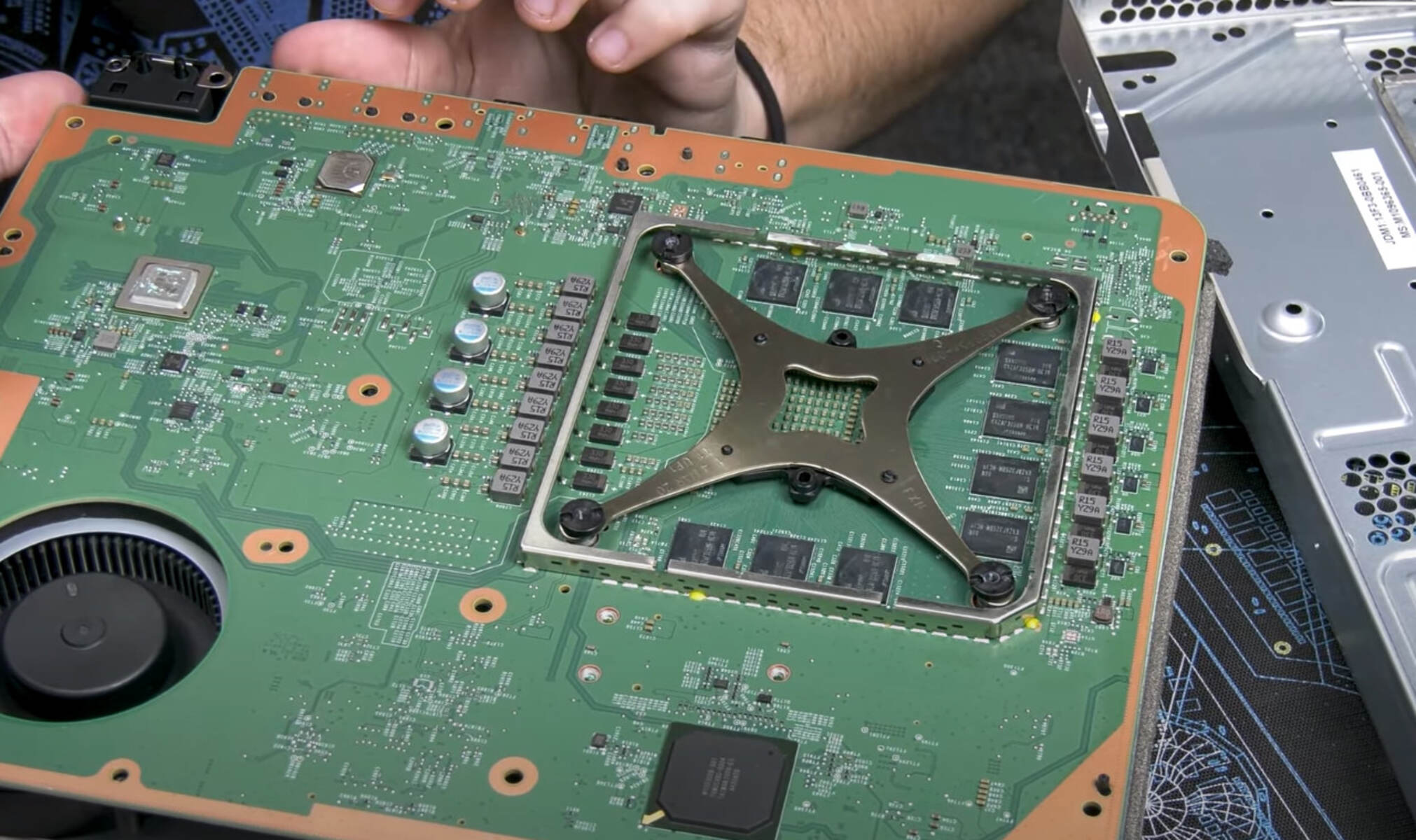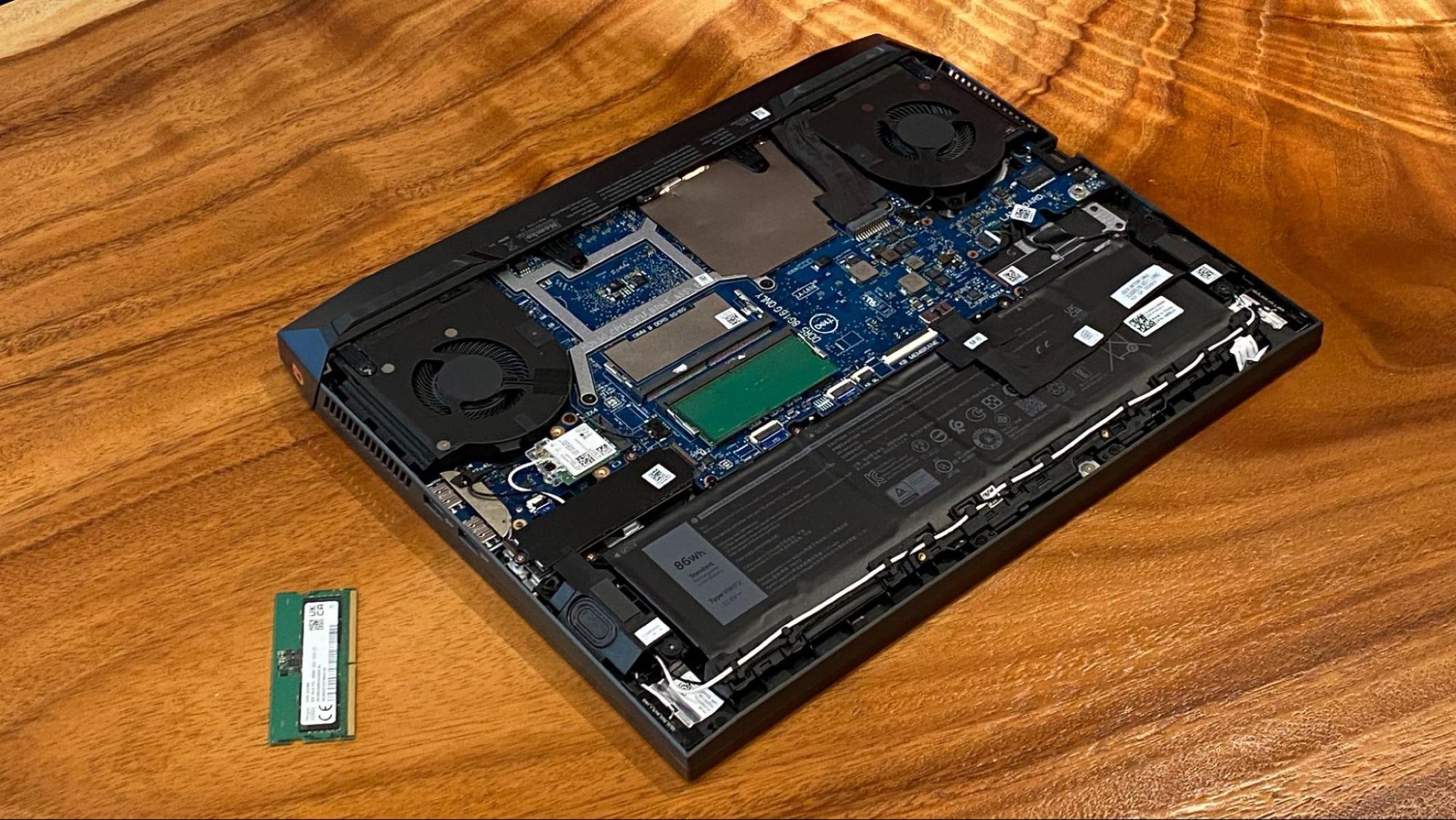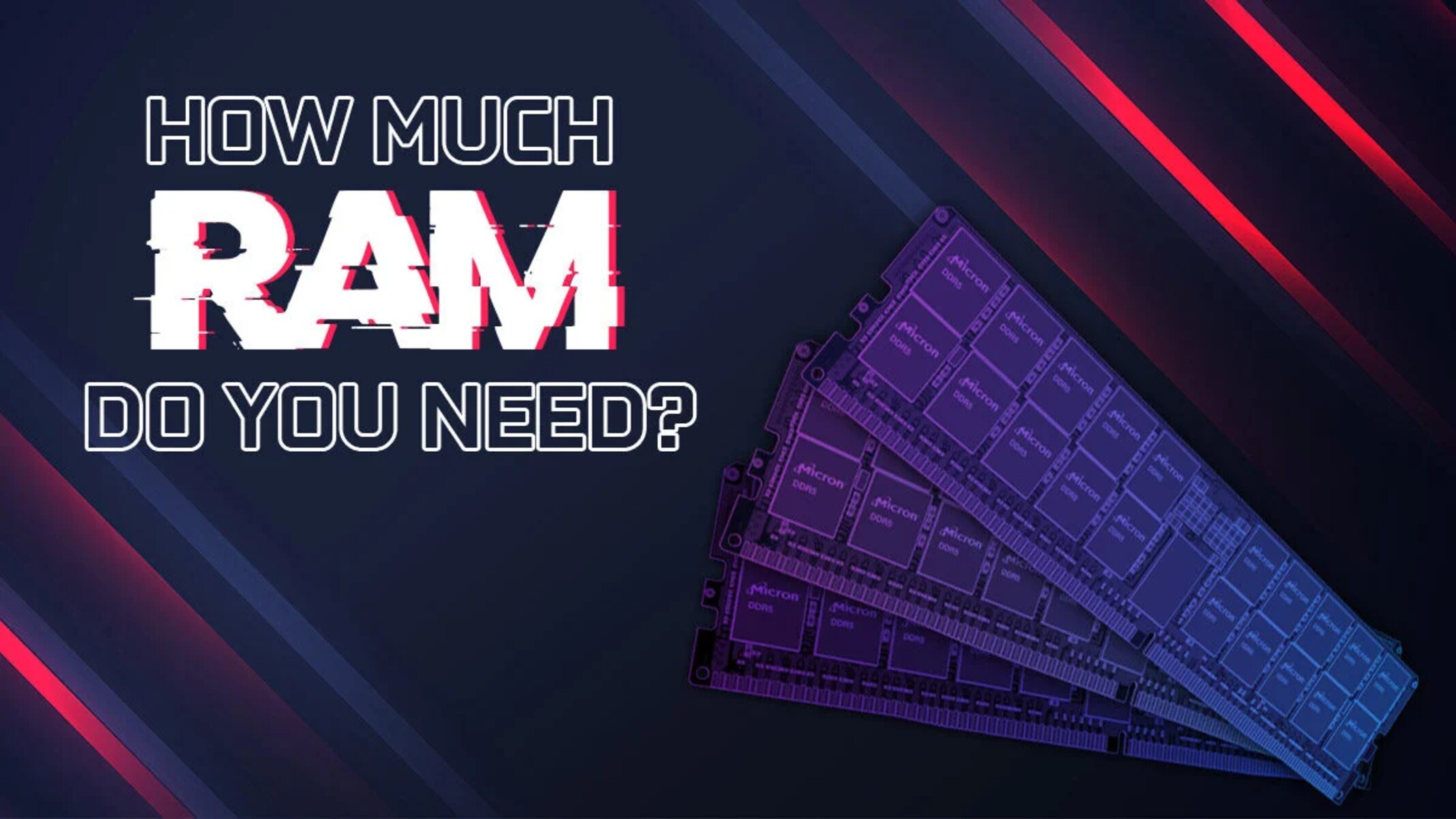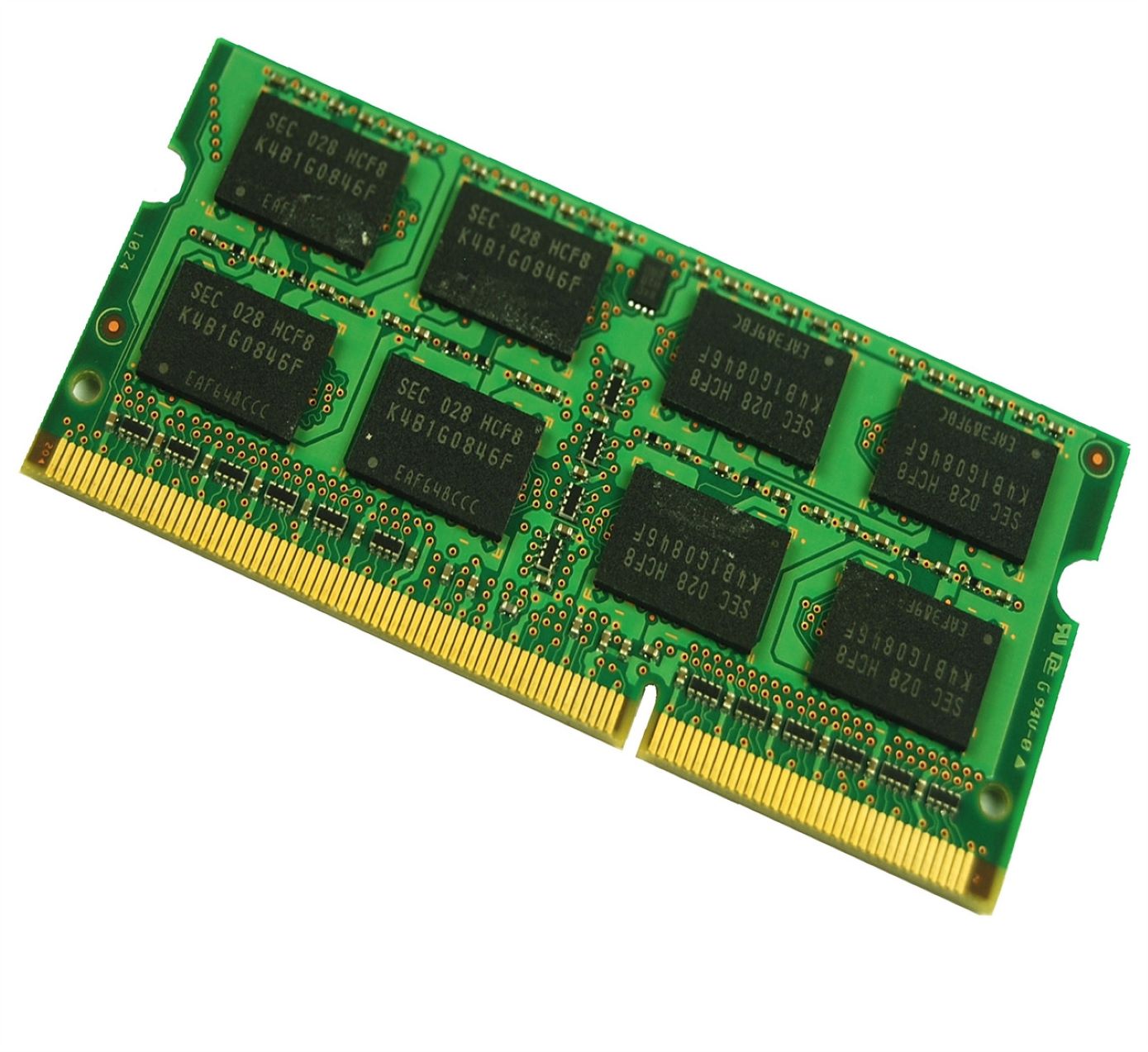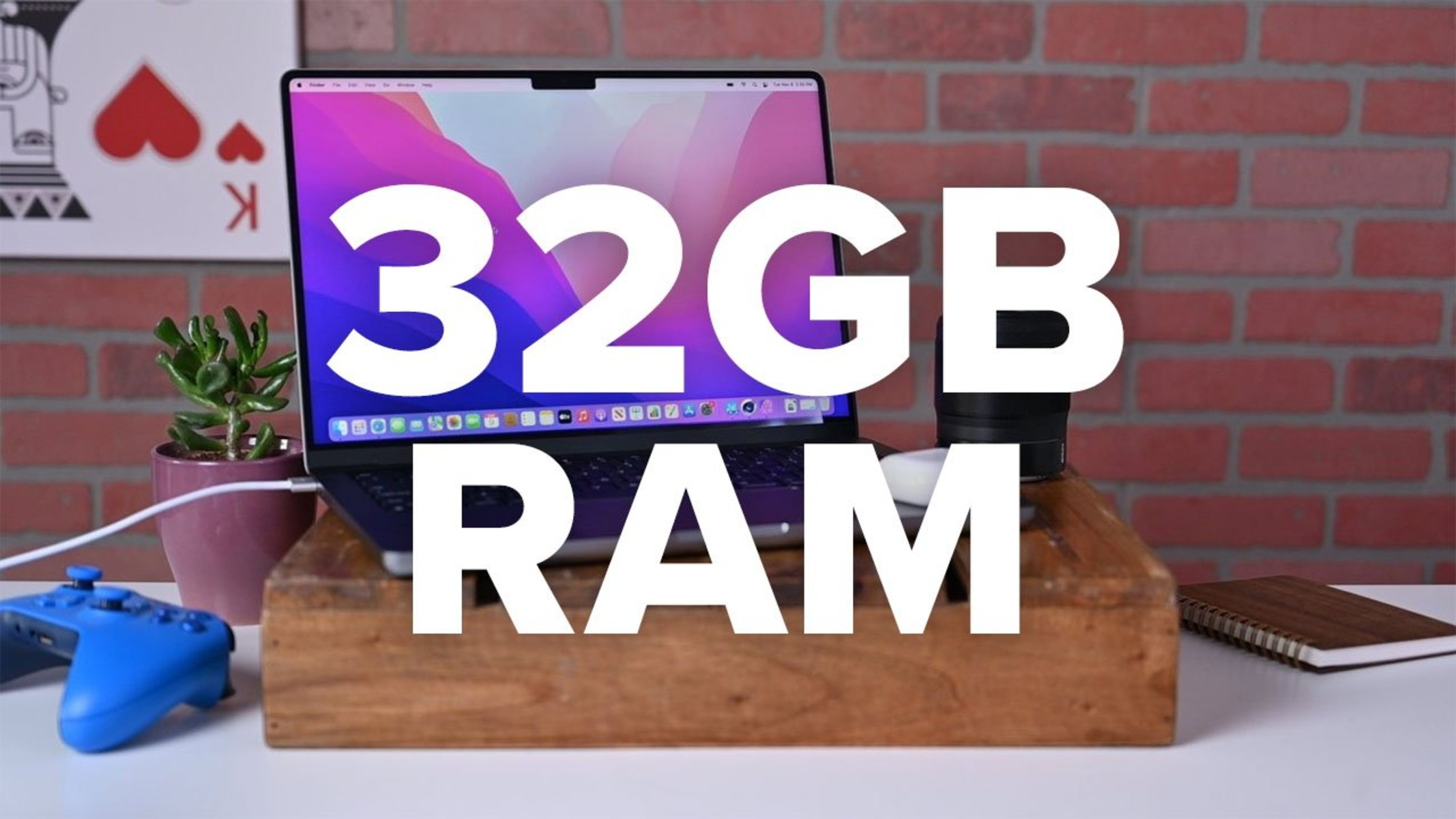Introduction
Welcome to our guide on understanding the measurement of RAM and answering the question, “How much RAM is 16GB in MB?” RAM, short for Random Access Memory, is a crucial component in any computer system, playing a vital role in its overall performance and efficiency. However, the measurement of RAM can sometimes be confusing, especially when it comes to converting between different units of measurement.
In this article, we will explain what RAM is and provide a clear understanding of gigabytes (GB) and megabytes (MB) as units of measurement. We will then delve into the main topic at hand: how much RAM is 16GB in MB. Whether you’re a tech enthusiast or a casual computer user, this article will break down the process of converting gigabytes to megabytes and help you make sense of these terms.
So, if you’ve ever wondered about the relationship between GB and MB when it comes to RAM or if you’re looking to upgrade your computer’s memory and want to ensure compatibility, keep reading. By the end of this article, you’ll have a comprehensive understanding of RAM measurement and be equipped with the knowledge needed to answer the question about 16GB of RAM in MB.
Understanding RAM and its Measurement
Before we dive into the specific measurements of RAM, let’s first understand what RAM is and its significance in a computer system. RAM, short for Random Access Memory, is a type of volatile memory in a computer that is responsible for temporarily storing data that the computer needs to access quickly. It acts as a bridge between the processor and the storage device, allowing for fast and efficient data retrieval.
RAM is crucial for overall system performance because it allows the computer to run multiple programs simultaneously and handle large amounts of data. The more RAM a computer has, the more data it can store and access quickly, resulting in smoother multitasking and faster program execution.
RAM is measured in units of bytes, with the most common units being gigabytes (GB) and megabytes (MB). These units represent different orders of magnitude, with a gigabyte being larger than a megabyte. Understanding this measurement is essential when determining how much RAM is needed for specific tasks or when comparing different computer systems.
The measurement of RAM is binary-based, where 1GB equals 1024 megabytes and 1MB equals 1024 kilobytes. This binary structure aligns with the way computers store and process data, as they use a binary system comprised of zeros and ones.
It’s important to note that the actual usable amount of RAM in a computer may be slightly less than its stated capacity. This is due to system requirements and reserved memory for hardware and software operations. Nonetheless, the stated RAM capacity remains a crucial factor in determining the overall performance of a computer system.
Now that we have a foundation in understanding RAM and its significance, let’s explore the relationship between gigabytes and megabytes specifically when it comes to measuring RAM. By understanding this relationship, we’ll be able to determine how much RAM 16GB translates to in MB.
What is a GB?
A gigabyte (GB) is a unit of digital information storage that represents a large quantity of data. It is often used to measure the storage capacity of various computer components, including RAM. One gigabyte is equal to 1,073,741,824 bytes, which is calculated based on the binary system used by computers.
To put it into perspective, a gigabyte can store approximately 250 MP3 songs, 25,000 photos, or 4 hours of high-definition video. It is a substantial amount of data that can handle a wide range of tasks, from everyday computing to running resource-intensive applications or games.
As the demand for more powerful computers and applications has increased over time, so has the need for larger amounts of RAM. Modern computers often come with several gigabytes of RAM to ensure smooth operation and efficient multitasking.
When it comes to measuring RAM, the capacity is typically described in terms of gigabytes (GB). For example, a computer with 8GB of RAM has eight gigabytes available for data storage and retrieval.
Now that we understand what a gigabyte is and how it is commonly used to measure RAM capacity, let’s explore the smaller unit of measurement, the megabyte (MB), and its relationship to gigabytes.
What is an MB?
A megabyte (MB) is a unit of digital information storage that represents a smaller quantity of data compared to a gigabyte. It is often used to measure file sizes, storage capacities, and, in the context of this article, the amount of RAM in a computer system.
One megabyte is equal to 1,048,576 bytes, which is also calculated based on the binary system used by computers. It is derived from the fact that 1 kilobyte (KB) is equal to 1024 bytes, and 1 megabyte is equal to 1024 kilobytes.
Although a megabyte is smaller than a gigabyte, it still provides a considerable amount of storage capacity. A megabyte can hold approximately 250 pages of plain text, a high-resolution image, or a short audio recording.
When it comes to measuring RAM, the capacity can be described in terms of both gigabytes and megabytes. For example, a computer with 16GB of RAM has sixteen gigabytes or roughly 16,384 megabytes available for data storage and retrieval.
In the context of answering the question “How much RAM is 16GB in MB?”, we are looking to convert the given gigabyte measurement into an equivalent megabyte measurement. This conversion will provide us with a specific number of megabytes that matches the 16GB RAM capacity.
Now that we have a clear understanding of both gigabytes and megabytes as units of measurement, let’s move on to exploring the process of converting 16GB to its equivalent amount in megabytes.
How Much RAM is 16GB?
Now that we have established what gigabytes and megabytes are, let’s focus on the main question at hand: How much RAM is 16GB?
When we refer to 16GB of RAM, we are talking about a computer system that has a RAM capacity of 16 gigabytes. This amount of RAM is considered to be quite substantial, suitable for handling demanding tasks such as graphic design, video editing, gaming, and running multiple virtual machines simultaneously.
However, in order to convert this measurement into megabytes, we need to understand the relationship between gigabytes and megabytes. As previously mentioned, one gigabyte is equal to 1024 megabytes.
So, to determine the equivalent amount of RAM in megabytes for 16GB, we can use the following equation:
16GB * 1024MB/GB = 16,384MB
Therefore, 16GB of RAM is equal to 16,384 megabytes.
This means that a computer system with 16GB of RAM has an impressive 16,384 megabytes available for data storage and retrieval.
Having this amount of RAM can greatly enhance the computer’s performance, allowing for smooth multitasking, faster program execution, and efficient handling of large amounts of data.
Now that we have determined the equivalent amount of 16GB RAM in megabytes, it’s time to explore the process of converting between these units in more detail.
Converting GB to MB
Converting between gigabytes (GB) and megabytes (MB) is a straightforward process once we understand the relationship between these two units of measurement. As mentioned earlier, one gigabyte is equal to 1024 megabytes, following the binary system used in computing.
To convert GB to MB, we simply multiply the given value in gigabytes by 1024. This multiplication accounts for the conversion from gigabytes to megabytes based on the binary system.
Let’s take the example of converting 16GB to its equivalent in megabytes:
16GB * 1024MB/GB = 16,384MB
By multiplying 16GB by 1024, we find that 16GB is equivalent to 16,384MB.
Similarly, if you need to convert a different amount of RAM from gigabytes to megabytes, you can use the same equation. Multiply the number of gigabytes by 1024 to obtain the corresponding value in megabytes.
Converting between gigabytes and megabytes can be useful in various computing scenarios, especially when it comes to understanding and comparing RAM capacities. It allows you to have a clear understanding of the amount of data that can be stored and accessed quickly in a computer system.
Now that we have explored the process of converting gigabytes to megabytes and have determined the equivalent amount of 16GB RAM in megabytes, we have a solid understanding of how much RAM 16GB translates to in terms of storage capacity.
In the next section, we will summarize the key points discussed and conclude our exploration of RAM measurement.
Conclusion
In this article, we have delved into the world of RAM and its measurement, specifically focusing on the question of how much RAM is 16GB in MB. We started by understanding the importance of RAM in a computer system and its role in enhancing overall performance and efficiency.
We then explored the units of measurement used for RAM, gigabytes (GB) and megabytes (MB), and their significance in storage and data retrieval. We learned that one gigabyte is equal to 1024 megabytes, and this binary-based measurement aligns with the way computers store and process data.
Addressing the main question at hand, we determined that 16GB of RAM is equivalent to an impressive 16,384 megabytes. This amount of RAM provides ample storage capacity for handling demanding tasks and ensuring smooth multitasking, faster program execution, and efficient data handling.
Furthermore, we discussed the process of converting between gigabytes and megabytes, which involves multiplying the number of gigabytes by 1024. This conversion allows for a better understanding and comparison of RAM capacities in different computer systems.
By now, you should have a comprehensive understanding of RAM measurement and the relationship between gigabytes and megabytes. Whether you’re seeking to upgrade your computer’s memory or simply curious about the technical aspects of RAM, this knowledge will be invaluable.
We hope that this article has provided clarity on the topic and empowered you to navigate the world of RAM measurement with confidence. Keep in mind that accurate understanding and consideration of RAM capacity are essential factors in determining the performance and capabilities of a computer system.
Remember, the more RAM you have, the more effectively your computer can handle complex tasks and deliver a seamless user experience. As technology continues to advance, the demand for larger RAM capacities will only grow, making it a crucial aspect to consider when evaluating and upgrading computer systems.
Thank you for joining us on this exploration of RAM measurement, and we hope it has been informative and beneficial to you.










